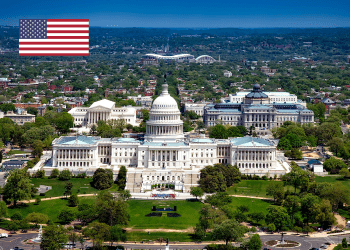Obligatory representation of foreign trademark applicants before the USPTO

The United States Patent and Trademark Office (USPTO) has announced a new requirement for foreign trademark applicants, entering into force on August 3, 2019.
Henceforth, foreign domiciled trademark applicants must be represented by an attorney who is licensed to practice law in the United States. The same applies to applicants appearing before the Trademark Trial and Appeal Board.
In order to be eligible to act as a representative before the USPTO, attorneys must provide their name, postal address, and email address, as well as a statement confirming their good standing and active membership of the bar of the highest court of a U.S. state, commonwealth, or territory. They must also provide information concerning their bar membership, including the state, admission year and membership number.
Whilst the change enters into effect as of August 3 and mainly applies to new applications filed after this date, any office action issued before this date will require the appointment of a US attorney for the filing of a response after this date. In addition, Canadian patent agents will no longer be able to represent Canadian trademark applicants before the USPTO. Whilst Canadian trademark attorneys and agents may still act as additionally appointed practitioners, it is worth noting that the USPTO will correspond only with appointed US-licensed attorneys.
The move comes after observations by the USPTO which found that an increasing amount of foreign trademark applications coincided with a growing number of inaccurate and potentially fraudulent applications. Such applications cause a strain on the resources of the USPTO, requiring a significant amount of administrative and procedural work in order to ascertain and fix the issues. Many IP offices around the world have previously navigated similar issues and have therefore implemented this requirement.
Restricting the right to file applications to U.S. nationals and licensed attorneys lowers the risk of such application issues, thus promoting a more compliant and efficient trademark registration process and ensuring a more accurate U.S. trademark register.